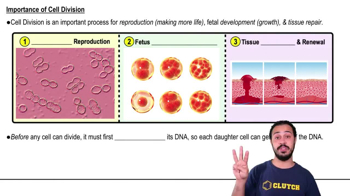Each of the following statements is false. Correct each to make a true statement.
Serous membranes line all hollow organs that open to the outside of the body.
 Verified step by step guidance
Verified step by step guidance Verified video answer for a similar problem:
Verified video answer for a similar problem:



 4:14m
4:14mMaster Intro to Human Tissues with a bite sized video explanation from Bruce Bryan
Start learning